By Jade Coley
How did a New Orleans-style jazz bar end up in the middle of a cornfield? Nestled in the heart of Indianapolis, the Chatterbox Jazz Club is a venue where music, history, and community converge. What began as an architectural investment for David Andrichik in 1982 has since blossomed into one of the city’s most cherished cultural spaces. Over the past four decades, the Chatterbox has grown into a vital hub for jazz musicians and a haven for inclusivity—drawing in artists, writers, and patrons of every background.
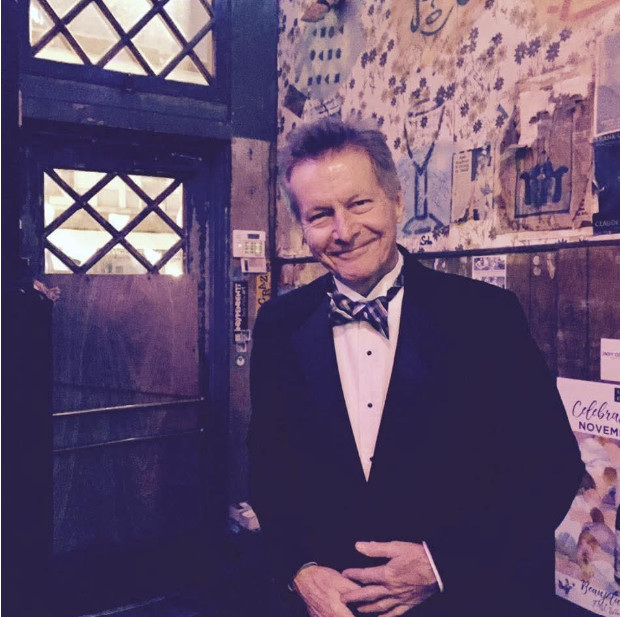
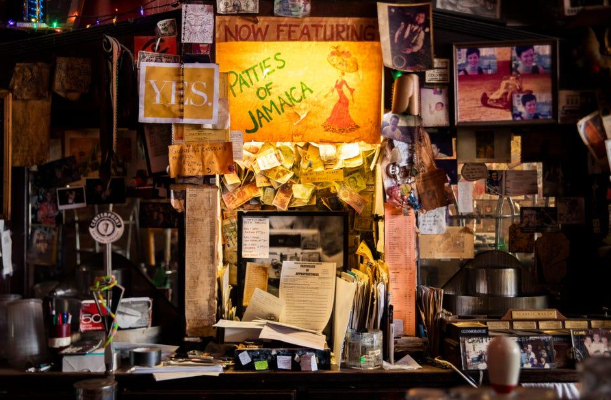
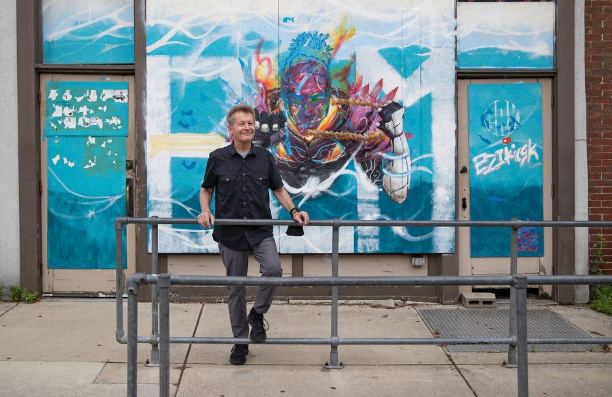
A Love for Buildings, A Passion for Music
David Andrichik didn’t set out to open a jazz club. His initial focus was on historic preservation. As an architect, he wanted to invest in a building on Massachusetts Avenue—a street rich with history but, at the time, in desperate need of revitalization, once infamously referred to as The Little Hell Hole. The building he bought came with a small bar and a liquor license, and with it, Andrichik saw an opportunity to blend his interests.
“The plan wasn’t to own a bar. I just wanted a building,” Andrichik said. “But the bar came with it.” At the time, Massachusetts Avenue was mostly industrial, and The Chatterbox (opened in 1939) in its original form, was a “living room” for third and first-shift workers looking for a drink or two and a game of chess before heading home. Bookies were also well acquainted with the rotary phone that hung behind the bar, but in those days, the “Box” closed before 9 p.m., leaving little room for nightlife.
“When I finished my job, working for the architectural business for someone else, I would stop in for a drink to enjoy my investment, and we would be closing. And I thought, well, that’s no fun! I can’t share this with my contemporaries, and that’s what led me to want to add music in the evenings, jazz and blues being my favorite kind.”
So, Andrichik introduced live music, with jazz and blues in mind, unaware of the deep musical history he was about to tap into. His first act was an acquaintance who was a “phenomenal vocalist and blues guitarist”, Mary Mike Adams. From there, connections were made. Soon Mary’s boyfriend, saxophonist Mark Radway, made all the connections needed for the Chatterbox to be the new home for musicians around the city. “Soon I discovered there was an incredible wealth of musicians in the city, both the heritage in Indiana Ave. and our surrounding universities. And within two years, we had six nights of music, sometimes two shows a day.” At a time when the legendary jazz venues of Indiana Avenue—a historical epicenter of Black culture in Indianapolis — had mostly disappeared, Andrichik created a new home for musicians and artists, both seasoned professionals and those just beginning their careers.

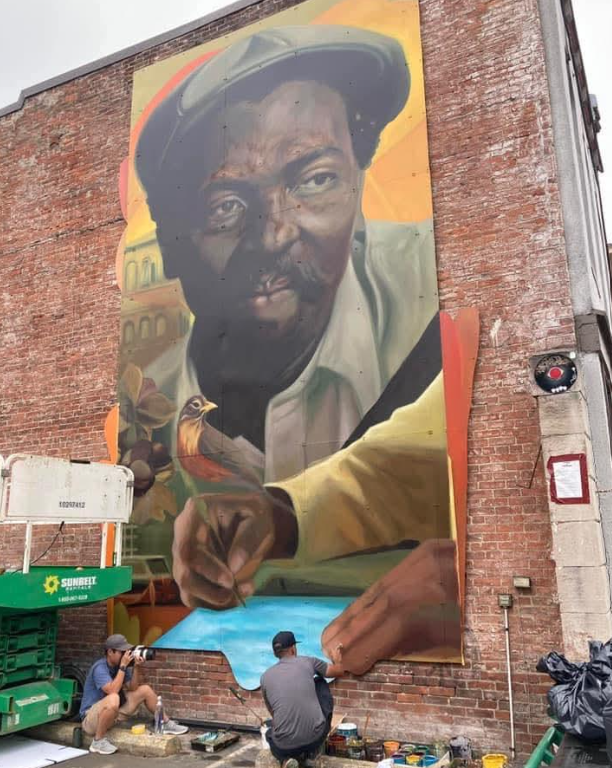
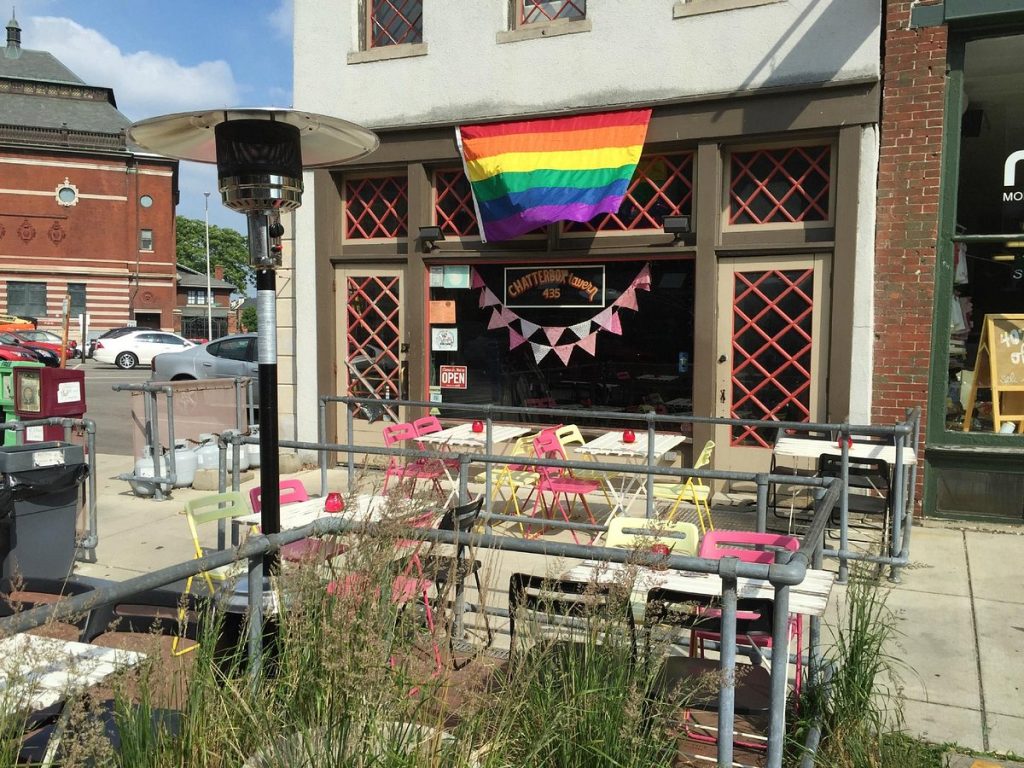
Indiana Avenue: The Pulse of a Vanished Era
Before The Chatterbox became the Chatterbox Jazz Club, Indiana Avenue was the heartbeat of Indianapolis’s jazz scene. From the 1920s through the 1960s, the Avenue was a vibrant center of Black culture, where musicians like Wes Montgomery and Freddie Hubbard made their mark. It was the cradle of jazz for the Midwest—a place where artists could experiment, collaborate, and grow in a community rich with talent and soul.
However, the Avenue’s vitality began to wane in the late 1960s and ’70s due to urban renewal, segregation, and the construction of the Indiana University–Purdue University Indianapolis (IUPUI) campus, which displaced thousands of Black residents and shattered the local businesses that had once supported the jazz scene. The neighborhood crumbled, and with it, the cultural lifeblood of the Avenue drained away. By the time the Chatterbox Jazz Club opened in the early 1980s, most of the iconic venues had disappeared, leaving a gaping hole in the city’s musical landscape.
“When we started doing live jazz, I didn’t realize the full history of Indiana Avenue or that I was creating a new home for displaced musicians,” Andrichik said. “But, it was a beautiful serendipitous moment.”
That influence remains strong to this day. Musicians from the Avenue’s heyday found a new space to play, bringing their legacy with them. And while the Avenue itself may have faded into history, its spirit is still alive in every sax riff and drum solo that echoes through the walls of the Chatterbox. It’s not polished, it’s not shiny—but it’s real, gritty, and honest, just like the Chatterbox itself.
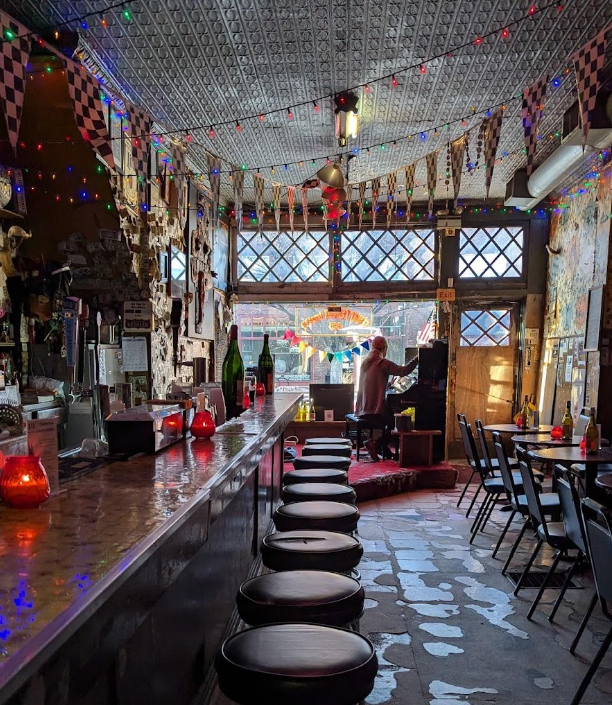
Jazz as the Great Unifier
Very quickly, the Chatterbox became more than just a venue—it became a place where music transcended social barriers. As Andrichik recalls, jazz naturally brought people together, no matter their ethnicity, age, or background.
“The key to inclusivity here, and in segments of our country, is jazz music. It has always attracted a diverse audience. Even during segregation, the music was the thing that bridged people. My interest in it, and love of it, as it has evolved, is because it attracts a diverse audience. On any given night, you walk into this tiny place with fifty seats, and you’ll see a mix of everyone—ages, races, sexual orientations. If you like the music, you like us, then we like you.” -David Andrichik
A tiny place indeed, a New Orleans shotgun style bar whose walls bare the patina of smoked tobacco from a bygone era. The chairs are so closely packed next to one another, it’s impossible to meet a stranger, making it the perfect meeting ground for unlikely friends.
The clientele? David recalls a time when reporters of the Indianapolis Star would review their first prints with cigarettes loosely hanging from their lips, paper and pen in hand, and would use The Chatterbox’s rotary phone to make urgent edits. Local politicians, governors even, have stood on the bar to make proclamations. Stars and household names like Mick Jagger, Ron Wood, Terence Blancher, and Wynton Marsalis have patronized and sat in on many occasions.
Intellects, bar flies, business people who had no idea what they were getting in to, international visitors looking for live music and a cheap drink, degenerates, misfits, comedians, awkward first dates, and fifty year anniversaries find cheer around the red vinyl tables lit with red venetian candles. Jazz lovers, country music fans who find themselves tapping their feet to the down beats of twos and fours, all find a place at this low-key sanctuary for melody mavens and whiskey lovers alike. It’s the kind of place where the walls can tell stories in sax solos.
The short list: talents like Hampton Sisters, Jimmy Coe, Pookie Johnson, and Dick Dickenson became regular acts, squeezing their big sounds onto a stage so small you’d think a drum kit alone might bust through the walls. But that tiny stage held the regional sensation of latin polyrhythms eleven-piece mambo orchestra, Urbanos, who played like they were in Carnegie Hall, not a smoky dive on Mass Ave. Andrichik didn’t know it at the time, but his scrappy little bar was nurturing the next generation of jazz talent, becoming a vital artery in the city’s musical bloodstream—a legacy that’s now carried forward by names like Rob Dixon The Mayor, Frank Glover, Bill Myers, Brandon Douthitt, Charlie Balentine just to name a few. Truly, from the early days to present the roster is Indianapolis’ Jazz Hall of Fame, the family tree is expansive.
An Incubator for Talent and Community
While the Chatterbox is famous for its music, it has also been a sanctuary for creatives of all kinds. Etheridge Knight, a renowned poet and central figure in the Black Arts Movement, found a second home at the Chatterbox in the mid-1980s. Knight’s Free People’s Poetry Workshop brought poets and writers together, adding another layer to the artistic environment Andrichik had cultivated.
“I didn’t know who Etheridge Knight was when he first walked in. I just knew he liked to smoke and enjoyed Budweiser,” Andrichik said. “But I quickly learned, and soon he had this whole following of writers and poets who were drawn here by his reputation.”
Andrichik’s openness to all forms of artistic expression is what has kept the Chatterbox relevant for over four decades. Jazz musicians, both young and old, have found the Chatterbox to be a rare space where they can learn from one another. Older musicians nurture younger talent, and a supportive atmosphere allows that talent to grow.
“We’ve always been an incubator,” Andrichik said. “We are a platform and space where nurturing can happen. This is where musicians learn from the veterans and go on to do amazing things.” In this tiny hub, less than a 1000 sq ft, surrounded by ephemera, artistic and intellectual pursuits are nurtured through sharing, openness, and mentorship. This has ensured the continuation of jazz music in Indianapolis.
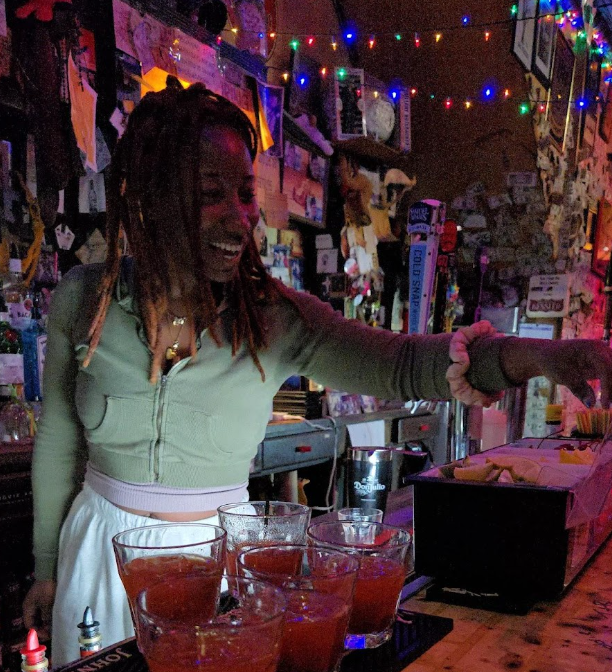
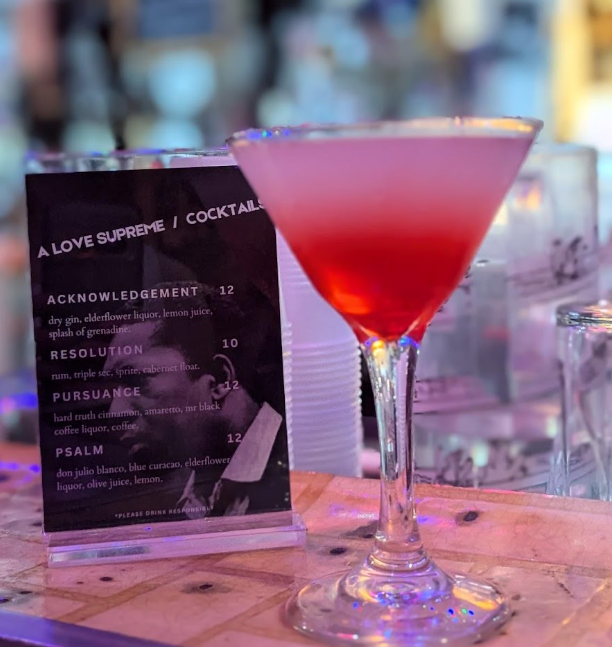
Preserving the Spirit of Jazz in a Changing Neighborhood
As Massachusetts Avenue has transformed with new development, the Chatterbox remains a constant. It retains the gritty, unpolished vibe that makes it stand out amid the gentrification of the area. For those open to it, walking into the Chatterbox feels like walking into a warm embrace by a beloved busty great-aunt who always knows how to soothe your ailments. It’s a weathered gem where music and memories linger in the air, it has lungs. For Andrichik, the authenticity of the club is its soul, and he has been deliberate about preserving that.
“People often ask why I don’t make major changes, but I don’t want to lose what makes the Chatterbox special,” he said. “We’re an authentic jazz dive, and I like it that way.” Despite its small size and shoestring budget, the Chatterbox continues to be a vital space for the Indianapolis jazz community. Even as development booms around it, the club remains a place where music, history, and community thrive- where the cocktails are strong, and the rhythm even stronger.

Excellent article Jade! Perhaps this one of many? Very well done. Congrats!
Definitely the place to be in Indy
Very excellent portrait of this place. Great article lady Jade. I hadn’t realized that you had written it until today when I viewed the comment section.
Sorry you weren’t very tolerant of the Trump Supporter…Hate will eat you alive…
To Jack Quick: According to the article I read, that Trump supporter and their group misgendered the bartender repeatedly. You don’t dis the employees in an establishment and expect to stay. And when there’s a rainbow banner out front, you for sure know better. As a former server, I appreciate a boss who stands up for staff.